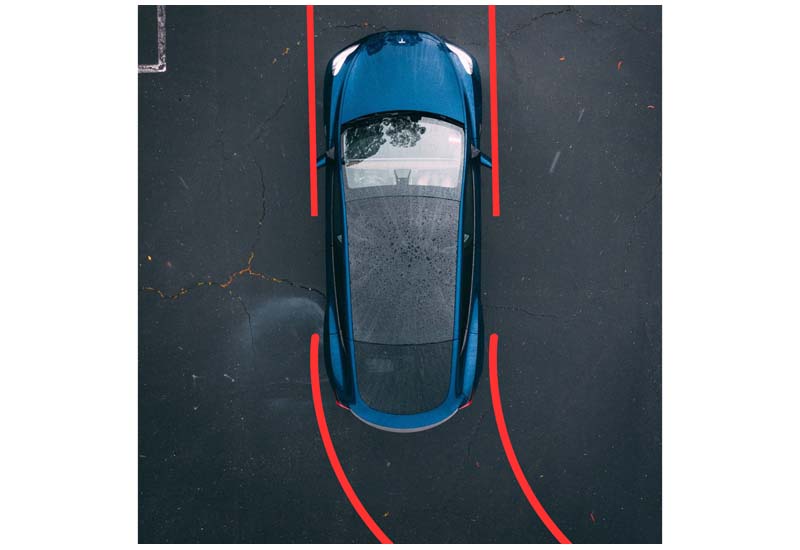Tesla owners have long clamored for enhanced camera views and parking assistants to ease the most headache-inducing parts of driving. Now, Elon Musk has hinted at a monumental upgrade coming down the pike – a parking feature allowing Tesla to not just assist drivers, but fully take over parking duties.
Responding to a X/Twitter user’s call for 360° bird’s eye camera viewing, Musk revealed that Tesla will soon identify open parking spots with one tap, navigate themselves into the space with no human driver. This remarkable capability will arrive on the heels of the “feature complete” FSD V12 software update.
How does this eagerly anticipated feature work? Using the vehicle’s array of cameras and sensors, the onboard computer will scan surroundings and detect potential parking places. Drivers simply tap their preferred spot on the touchscreen and exit while the Tesla maneuvers itself into position.
No more endless circling for spots or struggling with tricky parallel parking jobs. Just park and walk away while your Tesla wheels itself home.
What’s powering this hands-free experience? Likely an expansion of existing autonomous features like Navigate on Autopilot and the Enhanced Summon “smart summon” mode where Tesla drive themselves in parking lots. The sophisticated AI piloting these driver assistance tools learns rapidly – performing ever more complex maneuvers daily from fleet-wide data.
Parking independence may arrive alongside the first hands-free-capable FSD V12 software. Whenever it comes, it will utterly alter the parking experience. Imagine stepping out for dinner and summoning your Tesla from a remote location to come pick you up afterward. We aren’t far from that robotaxi future – a future where parking’s pains become a thing of the past.
